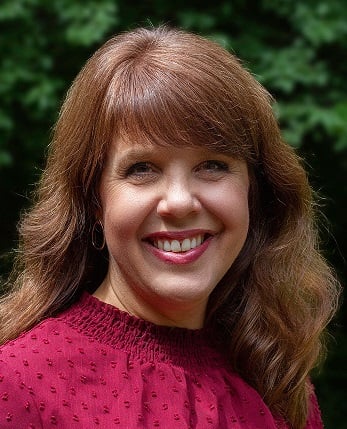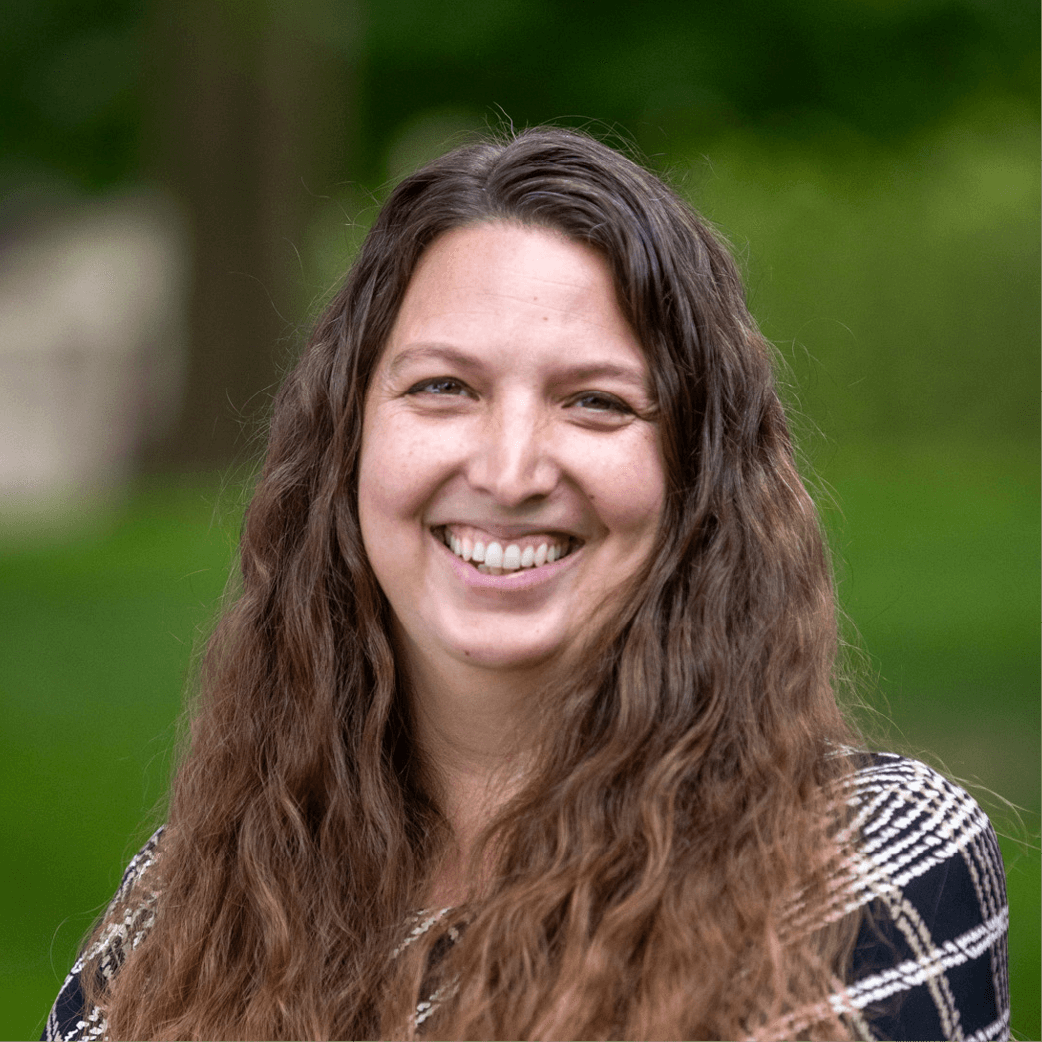In addition to the regular conference sessions, NetVUE provided special topical gatherings prior to the conference on Wednesday and Thursday and after the conference concluded on Saturday. For those who could not attend, the following reflections offer an entry point into the conversations from “Vocation: The Role of the Faculty,” “Making Assessment Practical: Tools for Evaluating NetVUE Grants and Programs,” and “Post-Conference Workshop: “How to Tell Your Story: Narrative Communication Strategies.”
Vocation: The Role of Faculty

Erin VanLaningham
Is vocation work centralized or diffuse at your institution? What are the challenges of advising in this current climate, and how do we best serve our students in their discernment processes? How are we nurturing and growing in our own vocations? These were a few of the questions asked and explored by the presenters and participants in this workshop centering on faculty roles in shaping student vocational exploration.
Presentations included examples of how to integrate vocation into disciplines, majors, and general education courses and how to hold extended or short-term professional development experiences around vocation for faculty members that can offer a sense of hope or support even when the campus is facing difficult budget decisions. Participants engaged with different models for student and faculty cohort programs and advising. Finally, participants considered ways that faculty members can connect to campus centers for vocation, which often seek faculty support to provide a platform for engaging the whole of campus and build ties to the community by engaging issues and ideas that help us better live out our callings.
How to Tell Your Story: Narrative Communication Strategies

Krista Hughes
Campfire tales, literary sagas, scriptural parables, and family lore are basic narrative elements of human experience. At their best, these stories feature compelling characters, evoke emotion and the senses, create tension, and surprise their listeners or readers with unexpected twists and turns. How might higher-education professionals bring these dimensions of good storytelling to their day-to-day communication and outreach activities—that is, to institutional press releases, public presentations, and social media posts? The “How to Tell Your Story: Narrative Communication Strategies” post-conference workshop invited participants to grapple with this challenge and led them through a structured process to develop an overarching communication strategy. Participants then drafted story ideas for their program or project, paying special attention to questions of audience and goals. What’s the story of vocation on your campus—and who needs to hear it?
Making Assessment Practical: Tools for Evaluating NetVUE Grants and Programs

Rachael Baker
Are participants in our vocational programs learning what we hope or think they are learning? Are the projects, programs, or assignments meeting our goals? Can we change something to make our work more effective?
These questions framed the discussion at the post-conference assessment workshop. Participants learned more about assessing vocation-related goals while also experiencing various assessment approaches. We discussed creating an assessment strategy, including the types of assessment to consider and ways to use the resources on the NetVUE Assessment Resource website. The conversations between participants about barriers to assessment on their campuses and strategies to move assessment projects forward were particularly valuable. Workshop participants helped to identify support and resources from NetVUE that would improve their assessment of vocation-related goals. NetVUE staff members will continue to create materials to support campuses in their work assessing vocation-related projects based on these results. If you were not able to make it to the workshop but are part of a vocation-related project and interested in more resources from NetVUE, then contact Rachael Baker at rbaker@cic.edu.

To report a technical problem with the website, or to offer suggestions for navigation and content issues, please contact Alex Stephenson, NetVUE communications coordinator, at astephenson@cic.edu.


